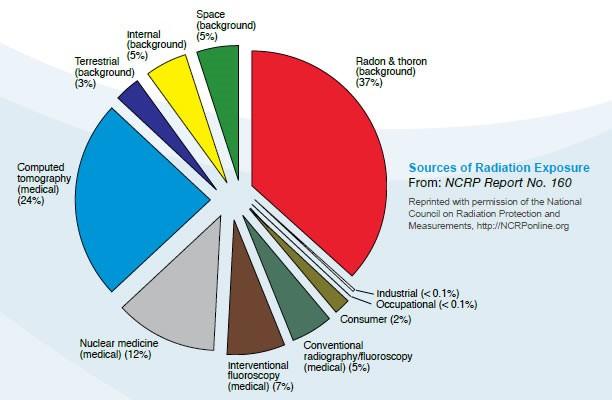History: Male child with a parent worried he swallowed a coin.


This is a case of pediatric foreign body ingestion. The most common pediatric foreign body ingestion is a coin, and in this case the coin was a penny. Pennies commonly lodge within the lower cervical esophagus, at the level of the thoracic inlet, as in this case. The maximum diameter of the coin is typically oriented left to right as opposed to anterior-posterior.
Interestingly (and importantly), pennies made after 1982 are composed of both zinc and copper, according to Wealth Daily. This is important because zinc can react with the acidic environment of the stomach and cause mucosal ulcerations.
It is also important to distinguish coins from batteries in the case of pediatric foreign body ingestion. Battery edges have a beveled appearance on end as opposed to the flat, simple edges of coins. In the case of ingested batteries, urgent removal by endoscopy or inflated Foley catheter balloon under fluoroscopic guidance is indicated. Why? Because batteries can cause mucosal ulcerations. Read about treatment here.




Leave a comment